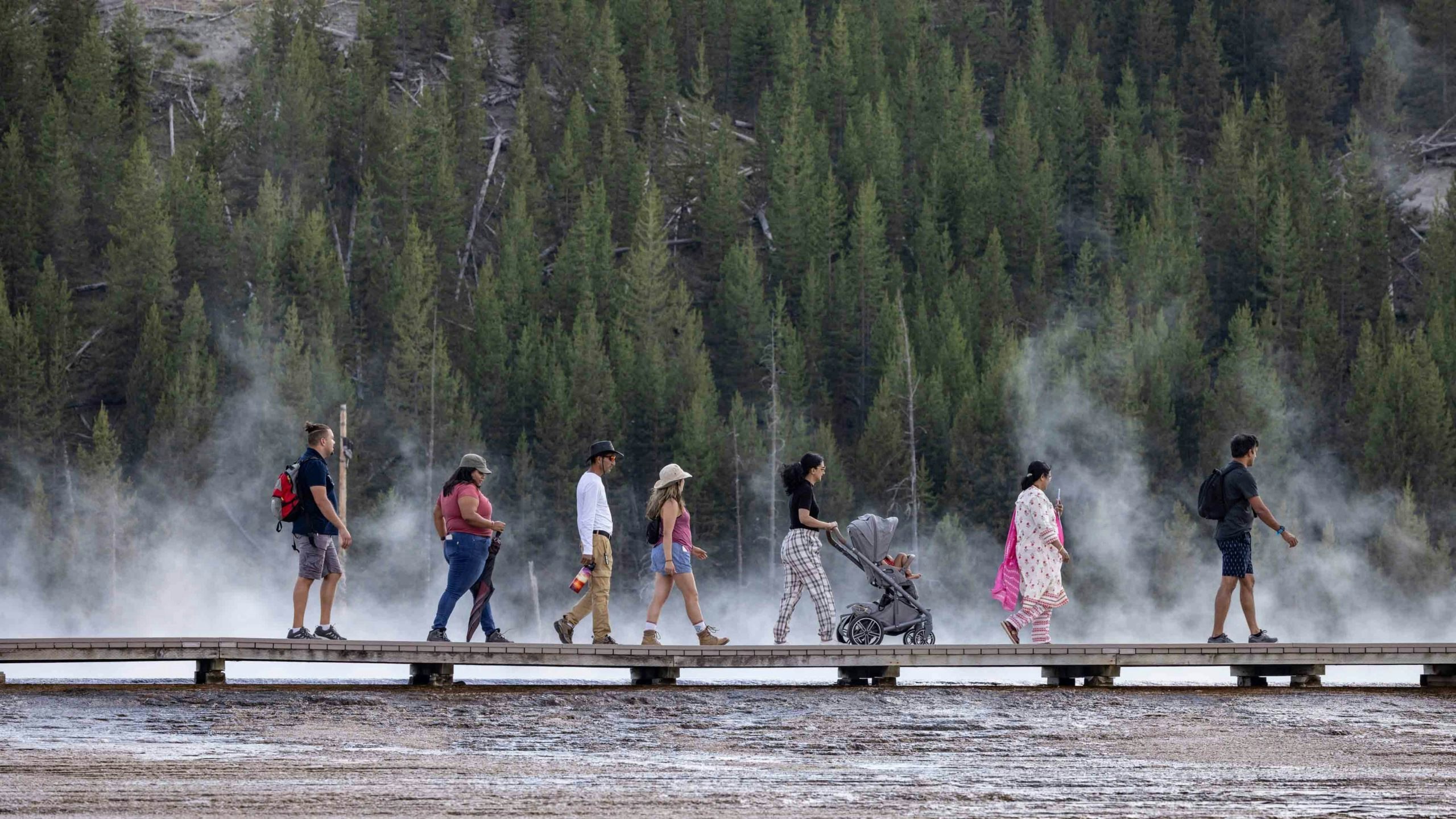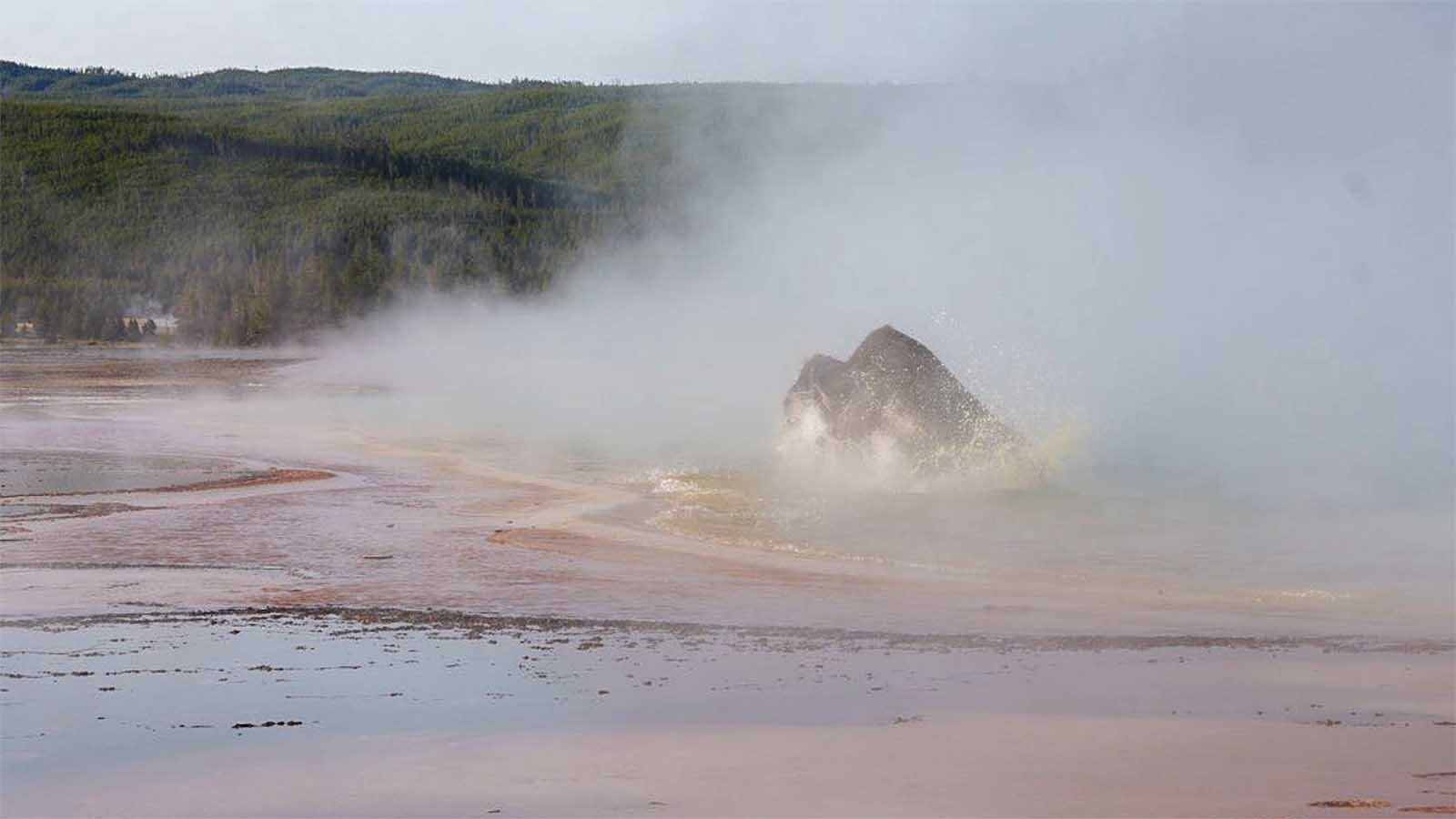Partaking of untreated water from Wyoming’s lakes, ponds, rivers or streams could leave one with more than just memories of a great outdoors adventure.
“There are a few different things that can be found in the water” which can lead to miserable illnesses, Wyoming Department of Health epidemiologist Courtney Tilman told Cowboy State Daily on Monday.
Some people, including tourists, might mistake the pristine appearance of Wyoming’s waters as a sign that it’s safe to drink directly from them.
That’s what happened last week as told by a commenter on “Yellowstone: Invasion of the Idiots” – a popular Facebook page focused on tourists’ antics and recently profiled by Cowboy State Daily.
The person said she came across a woman trying to fill water bottles directly from a creek near Lewis Falls. She stopped her immediately and then warned the woman about the dangers of giardia.
Giardia Is Bad News
Giardia is probably the best known among outdoor enthusiasts, but other diseases or potential toxins – such as cryptosporidiosis, E. coli or cyanobacteria blooms – can also lurk in Wyoming’s waters, Tilman said. Most of those are caused by contamination from animal or human feces.
Giardia is caused by a parasite and produces symptoms such as diarrhea and cramping, Tilman said.
“Typically, people get sick within about two weeks of being infected, but it can take up to a month in some cases,” she said. “The illness can last for one to three weeks.”
Otherwise healthy people can usually recover on their own, provided that they’re mindful of the dehydrating effects of diarrhea, Tilman said. Medical treatment might be required for vulnerable people, such as small children or people with compromised immune systems.
Cryptosporidiosis is also caused by parasites. E. coli is a bacterial infection. They can have similar nasty effects. E. coli can also cause fever and vomiting, Tilman said.
Cyanobacteria blooms can be mistaken for algae, but are actually massive colonies of bacteria; they occur on the surface of still or stagnant water, particularly during hot weather. Exposure can cause an upset stomach or skin irritation in humans, but it can be deadly to animals such as dogs, Tilman said. So, people should pay particular attention to the water their pets are swimming in or drinking from.
Cautionary Measures
It should be safe to resupply drinking water from many natural sources, so long as the people take the proper safety measures, Tilman said.
There are a variety of safe and effective sanitation tablets and filters available, she said.
“If you’re using water sanitizing tablets, be sure to read the directions for the particular kind you’re using. Some of them require a waiting period between the time it’s put in the water and when it will be safe to drink,” she said.
The time-honored practice of boiling water before consumption is also effective against parasites and bacteria, but not cyanobacteria blooms, Tilman said.
“The CDC recommends bringing water to a ‘rolling boil’ for at least a minute,” she said. “Just don’t try drinking at all from water with cyanobacteria blooms. Filters won’t work, and boiling can break the toxins apart and make them even worse.”





